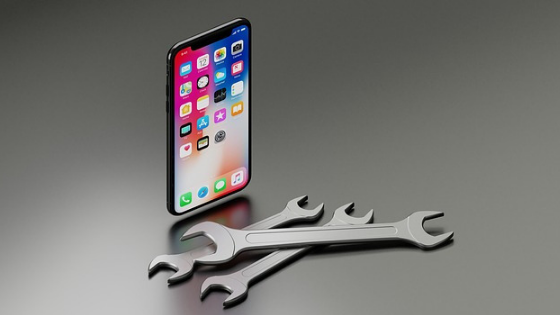The new iOS 12.2 update released by Apple lets you find out when the war
ranty expires directly from iPhone settings.

The warranty of Apple products is often subject to confusion and uncertainty on the part of users. Cupertino intervened directly on the issue through the release of iOS 12.2, the new update makes it possible to find out when the warranty of iPhone (or iPad) expires directly from the device settings.
Is your iPhone acting up and has any problems? Do you want to know if it is still covered by the warranty, perhaps to send it to assistance, but do not remember exactly when the coverage expires? From today everything is simpler, thanks to the new iOS update it takes just a few seconds to check everything thanks to a new dedicated panel. Let’s see how to do it.
How to find out if iPhone is still under warranty
In general, the Apple iPhone warranty is valid for one year from the date of purchase. 12 months warranty to repair the device according to the limits covered by the terms. Apple offers the possibility of extending the warranty program through the additional Apple Care program, which has a cost that varies depending on the device.
If instead you want to find out how much is missing at the end of the warranty from your iPhone, all you need to do is update your device to the latest iOS version available, 12.2.
Once the update is finished and installed, you will be able to access all the information contained in the new s
ection through the settings. From here, click on “General” and then “Info”.
Next to the Name, the network, the tracks, the available space, the IMEI and the serial number will also present the new warranty tab. Clicking on it you will be able to see all the data and useful information relating to the coverage guaranteed on your product, with the warranty expiration date and a wording indicating whether or not Apple is eligible for assistance.
A useful function in case of damage and addressed to the most forgetful users, who can now easily check for any assistance in case of damage directly from their device.
